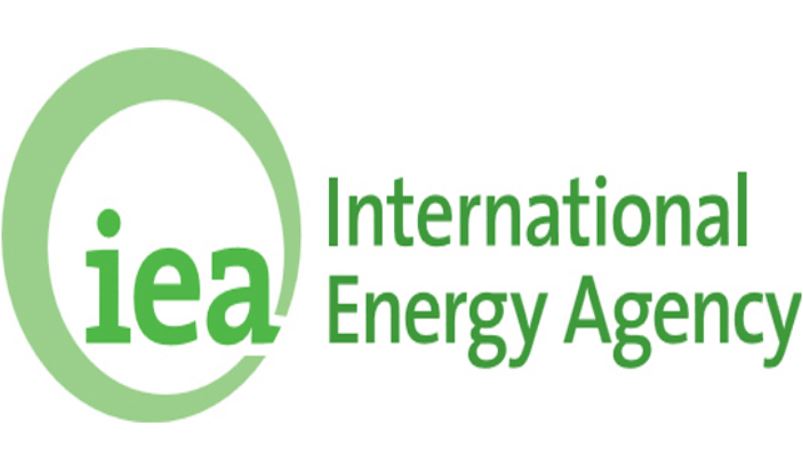Methane emissions from energy sector near record high in 2023 – IEA
March 13, 2024
Methane emissions from the energy sector remained near a record high in 2023 despite a raft of commitments from the oil and gas industry to plug leaking infrastructure, a report by the International Energy Agency said on Wednesday.
However, the agency said it was optimistic new satellites could help improve monitoring and transparency around leaks of methane – a potent greenhouse gas responsible for roughly a third of the rise in global temperatures since the industrial revolution.
“Emissions from fossil fuel operations remain unacceptably high,” said IEA chief energy economist Tim Gould, although he added that 2024 could mark a “turning point.”
Production and use of fossil fuels put more than 120 million metric tonnes of methane into the atmosphere last year, the report said — a slight rise over 2022. Methane emissions have held around this level since 2019, according to the IEA’s Global Methane Tracker.
Large methane plumes from leaky fossil fuel infrastructure jumped by 50% in 2023 compared with 2022, according to the report. One super-emitting event, detected by satellites, was a well blowout in Kazakhstan that lasted more than 200 days.
At last year’s United Nations climate summit in Dubai, nearly 200 countries agreed to rapidly and substantially cut methane emissions, adding to a previous commitment made by more than 150 countries to reduce global methane emissions by at least 30% from 2020 levels by the end of this decade.
Dozens of oil companies have voluntarily committed to reduce emissions through the United Nations Environment Programme’s Oil and Gas Methane Partnership.
Even so, countries and companies are still significantly under-reporting the extent of their oil and gas methane emissions compared with the IEA’s latest estimate.
The European Space Agency and another satellite-based tracker known as GHGSat already monitor methane emissions, but the new MethaneSAT will provide greater detail and have a much wider field of view.
“2024 is going to be a watershed moment for action and transparency on methane,” said Christophe McGlade, head of energy supply for the IEA.
REUTERS








